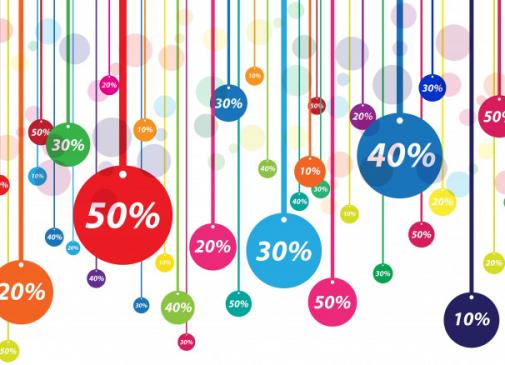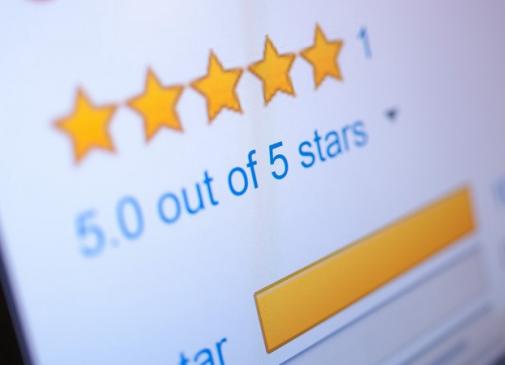If you ever watched your favourite TV series and wondered where the characters' outfits or cars came from and with what price tag, you are in for a pleasant surprise. Apparently, it is just a question of time until you get access to this kind of information and are able to buy these items on the spot. Soon all Internet and interactive TV users will be able to purchase products that they see on a screen with just one push of a button.
If you ever watched your favourite TV series and wondered where the characters' outfits or cars came from and with what price tag, you are in for a pleasant surprise. Apparently, it is just a question of time until you get access to this kind of information and are able to buy these items on the spot. Soon all Internet and interactive TV users will be able to purchase products that they see on a screen with just one push of a button.
So far used largely for so-called linear TV (watching content as it is broadcast), with adverts popping up every quarter of an hour, a familiar black box will soon become an important new shopping channel. According to research, 25 percent people will regularly use interactive TV to shop by the end of 2014, generating direct sales worth an estimated £750m. Catching up on TV shows over the Internet is getting increasingly more popular, with advertisers eager to use this opportunity. British clothes and shoes retailer Matalan is a good example. In 2011, it launched an online interactive advert which allowed the audience to scroll the cursor over the actors to find out what they were wearing, check the prices and, eventually, purchase selected items there and then.
Swap credit card for remote control
What would be the next step in the E-commerce evolution? It will probably become quite common to use an interactive TV to buy goods and services and swapping credit cards for a TV remote. The popularity of interactive TV shopping is already growing. A global study of 19,000 e-shoppers revealed that already 5 percent of them have purchased online using a next generation TV. 21 percent of respondents own an internet-ready TV and of those who do own one, 24 percent have used it to purchase goods and services. The highest percentage of e-shoppers was reported in India (63 percent), Brazil (39 percent) and China (33 percent). Interestingly, the bulk of online purchases already take place in the living room (54 percent) or the bedroom (43 percent). Of course, these purchases are largely made with a laptop or smart phone at the moment, yet the trend clearly demonstrates consumer preference to shop at home. Already 46 percent of global consumers watch TV while shopping online, which undoubtedly has an impact on their purchases. With an interactive TV, consumers can buy desired products easier and faster. The first to jump at the opportunity to buy online via smart phones and interactive TV are heavy spenders, i.e. shoppers who spend at least 30 percent of their disposable income online.
Smart TV: advertisers' El Dorado?
An increasing number of American households feature a smart TV, which opens up new possibilities for the internet-enabled devices, including shopping via the TV. According to the survey conducted in May by the firm Delivery Agent among US consumers, over two-thirds of them claimed that they were interested in using their TVs for shopping. Respondents' enthusiastic attitude towards the "third wave" shopping channel proves that there is major potential for TV content creators and advertisers to drive immediate conversions. Of interested TV shoppers, 82 percent said they could see themselves purchasing products featured in a TV program, and 76 percent said they would be interested in purchasing products advertised in commercials. TV shopping based on apparel and entertainment commercials saw the most interest, followed by food and beauty. Half of the respondents interested in TV commerce felt that shopping via their TV would be convenient, stating this perk as interactive TV's primary appeal. Another 29 percent believed that it would be a fun activity, with 5 percent of those surveyed citing sociability as an appeal of shopping via the TV.
TV still accounts for the biggest percentage of US ad spend. According to eMarketer estimates, TV ad spending will reach $66.35bn this year, or 38.9 percent of total media ad spending. Should TV content and advertising start to spur direct-response efforts, TV ad investments could become even bigger.
Sources: http://www.theguardian.com; http://www.emarketer.com Photo: https://www.flickr.com/photos/kk/










